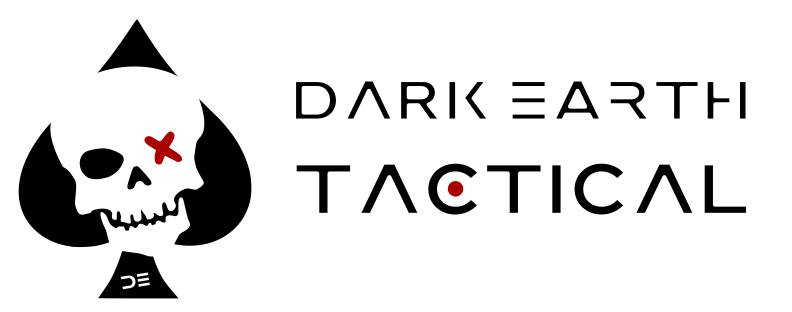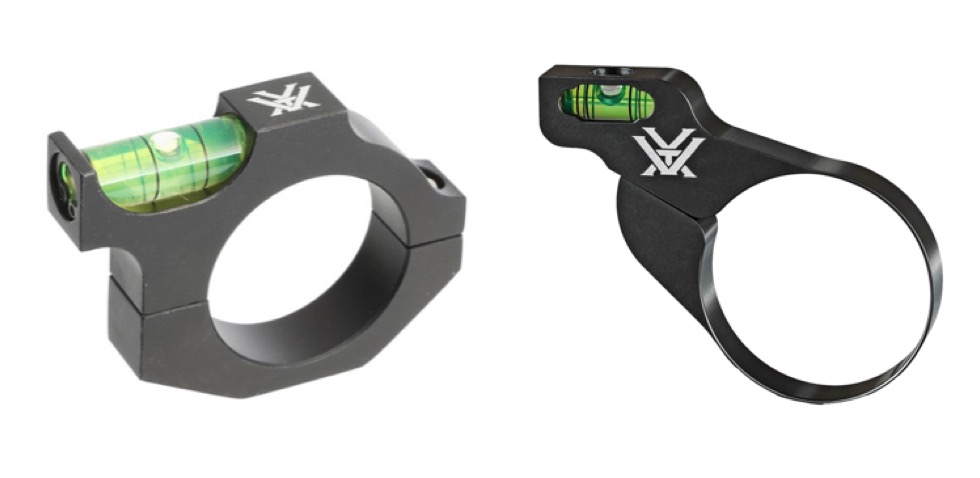There is a lot of uncertainly amongst hunters and novice shooters when it comes to scope levels, and there really doesn’t need to be. When understood and used correctly, they can improve long range success tremendously. To avoid wasting your time, I will first answer, as plainly as I can, the question: do you need a bubble level on your scope, and if so, then for what reason?
It is simple – if you intend on shooting at longer distances with a modern scope, let’s say beyond 400 meters, then yes; you should use a bubble level. This is because a bubble level will assist you in removing an otherwise uncontrollable horizontal drift of the bullet caused by cant error.
A 3-degree cant can cause a bullet to drift as much as 40cm or 15-inches to the left or right when taking a shot from 800 meters
Cant can be described as a slight tilt of the rifle, scope or reticle, and is often unnoticeable to the average shooter, but it will exist. When engaging targets at further distances, cant error will have a large effect on the bullet’s impact when using modern scopes that adjust for trajectory.
So What Exactly is Cant, and How Does it Affect my Bullet?
Well as we have already mentioned, cant is the tilting of a rifle, scope or reticle, which can displace your bullet when present during an engagement.
When you adjust the turrets on your scope, you are effectively raising the bullet’s point of impact so that it hits your target. This adjustment lowers the reticle, thus bringing the barrel up when the reticle is placed on the target. If the scope is tilted to the side during the firing process, this may cause a horizontal displacement of the bullet, as the barrel will be offset, resulting in a miss.
There are three types of cant that may exist, with only one that is of real concern.
1. Rifle Cant
- This is a tilt of the rifle itself.
- Correcting rifle cant is not of utmost importance, as long as the scope is level.
- It is common to find difficulty in levelling a rifle to the scope on hunting stocks that have no flat surfaces. But this is of no great concern, so there is no need to worry here.
2. Reticle Cant
- This is tilting of the reticle in comparison to the scope, and is most often a result of factory error.
- Some cheaper scope manufacturers may state that a cant of up to 3° may be present, which is unacceptable when selecting a scope for a precision rifle.
- You can test for reticle cant by superimposing the scope’s vertical crosshair over a plumb line and checking to see if they line up.
- A high quality scope with reticle cant should be returned to the place of purchase for a refund or replacement.
3. Scope Cant
- This is a tilting of the scope, and is the cant which we are most concerned about before taking a shot.
- A scope bubble level is required when engaging targets over medium to long distances, and requires correct fitting to ensure that the scope and level are perfectly aligned.
- Once this is achieved, the bubble level must be observed and corrected if necessary before taking a shot.
- The scope bubble level works in conjunction with a pivoting bipod, sandbag or other stable shooting platform.
How Much Error is Caused by Scope Cant?
Many shooter’s may argue that they are able to level their scope by visual judgement alone, and without modern accessories such as the bubble level. This is however arguable, as canting of a rile’s scope and crosshairs of up to 3-degrees is generally indistinguishable by the human eye, but the effect on the bullet’s trajectory will be significant. When engaging targets that are placed on the side of a hill or on uneven ground, cant becomes even more difficult to determine without using the correct tools.
The following chart displays cant error of various degrees, using a .308 Winchester Hornady 178gr ELD X bullet.
| Cant Angle | 300m | 500m | 800m | 1000m |
| 0° | 0cm | 0cm | 0cm | 0cm |
| 1° | 1cm | 4cm | 13cm | 22cm |
| 2° | 3cm | 9cm | 25cm | 45cm |
| 3° | 4cm | 13cm | 38cm | 67cm |
| 5° | 7cm | 21cm | 64cm | 111cm |
The example above shows us that this particular rifle and bullet combination can expect an error of around 38cm or 15in left/ right with only a 3° (or -3°) canted crosshair when taking a shot from 800m. This outlines the importance of having your crosshairs perfectly level each time the sights are aligned and the trigger is squeezed.

So What if I Don’t Use a Scope Level?
If you decide not to use a scope level, you will still be capable of successful engagements at long distances, but only on your follow-up shot. This means that your first shot is likely to miss or drift horizontally, after which you will be able to adjust your DOPE and re-engage. However, if the rifle is moved or your position is changed in any way, you’ll be starting all over again.
This effect often directs the shooter to a false sense of belief that the first shot was missed due to some other error or change in wind speed and direction, when in fact it is most often a cant error.
The Solution
The solution is simple – buy a scope level if you intend on shooting long range and wish to do so accurately.
Note: rifles using non-adjustable turrets that do not compensate for bullet trajectory do not require a scope level.
Below we have a couple of Vortex bubble levels that I have personally tried and tested, and would highly recommend.

Lastly, when using a level, don’t forget to make sure that it is correctly aligned before squeezing that trigger.


5 thoughts on “Do I Need a Bubble Level on my Rifle Scope?”